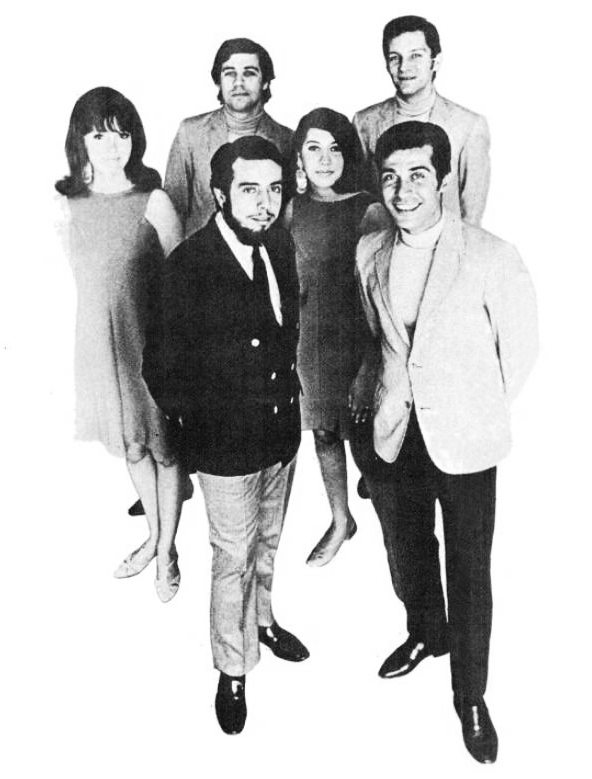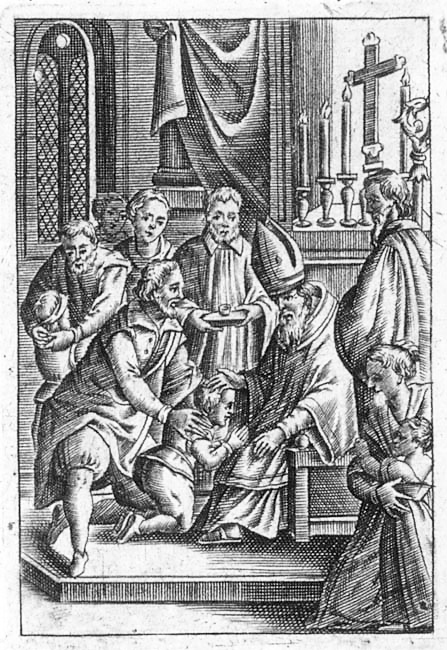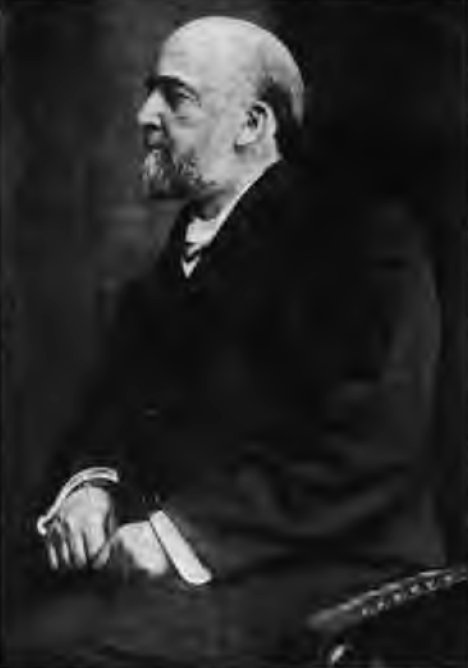|
Oh Happy Day
"Oh Happy Day" is a 1967 gospel music arrangement of the 1755 hymn by clergyman Philip Doddridge. Recorded by the Edwin Hawkins Singers, it became an international hit in 1969, reaching No. 4 on the US Singles Chart, No. 1 in France, Germany, and the Netherlands and No. 2 on the Canadian Singles Chart, UK Singles Chart, and Irish Singles Chart. It has since become a gospel music standard. The recording begins with a muted piano, drum, and bass, backing lead singer Dorothy Combs Morrison on the left-hand stereo channel, then alternates twice with a full-throated chorus that includes a large ensemble, rising to a crescendo with handclaps, and ending with a return to the muted sound as at the beginning. The track is notable for its clear sound given the powerful vocals and the modest equipment used to capture them. It was made at Hawkins' church, the Ephesian Church of God in Christ in Berkeley, California. Origins The gospel style arrangement of the hymn "Oh, Happy Day" by Edwi ... [...More Info...] [...Related Items...] OR: [Wikipedia] [Google] [Baidu] |
Edwin Hawkins
Edwin Reuben Hawkins (August 19, 1943 – January 15, 2018) was an American gospel musician, pianist, choir master, composer, and arranger. He was one of the originators of the urban contemporary gospel sound. He (as leader of the Edwin Hawkins Singers) was probably best known for his arrangement of "Oh Happy Day" (1968–69), which was included on the "Songs of the Century" list. The Edwin Hawkins Singers made a second foray into the charts exactly one year later, backing folk singer Melanie on "Lay Down (Candles in the Rain)". Biography Hawkins was born in Oakland, California, on August 19, 1943. At the age of seven, he was already the keyboardist to accompany the family's gospel group. Together with Betty Watson in May 1967, he was co-founder of the Northern California State Youth Choir of the Church of God in Christ (COGIC), which included almost fifty members. This ensemble recorded its first album, ''Let Us Go into the House of the Lord'', at the Ephesian Church of God in ... [...More Info...] [...Related Items...] OR: [Wikipedia] [Google] [Baidu] |
Stereo Channel
Stereophonic sound, or more commonly stereo, is a method of sound reproduction that recreates a multi-directional, 3-dimensional audible perspective. This is usually achieved by using two independent audio channels through a configuration of two loudspeakers (or stereo headphones) in such a way as to create the impression of sound heard from various directions, as in natural hearing. Because the multi-dimensional perspective is the crucial aspect, the term ''stereophonic'' also applies to systems with more than two channels or speakers such as quadraphonic and surround sound. Binaural sound systems are also ''stereophonic''. Stereo sound has been in common use since the 1970s in entertainment media such as broadcast radio, recorded music, television, video cameras, cinema, computer audio, and internet. Etymology The word ''stereophonic'' derives from the Greek (''stereós'', "firm, solid") + (''phōnḗ'', "sound, tone, voice") and it was coined in 1927 by Western Ele ... [...More Info...] [...Related Items...] OR: [Wikipedia] [Google] [Baidu] |
RIAA
The Recording Industry Association of America (RIAA) is a trade organization that represents the music recording industry in the United States. Its members consist of record labels and distributors that the RIAA says "create, manufacture, and/or distribute approximately 85% of all legally sold recorded music in the United States". RIAA is headquartered in Washington, D.C. RIAA was formed in 1952. Its original mission was to administer recording copyright fees and problems, work with trade unions, and do research relating to the record industry and government regulations. Early RIAA standards included the RIAA equalization curve, the format of the stereophonic record groove and the dimensions of 33 1/3, 45, and 78 rpm records. RIAA says its current mission includes: #to protect intellectual property rights and the First Amendment rights of artists #to perform research about the music industry #to monitor and review relevant laws, regulations, and policies Between 2001 and 202 ... [...More Info...] [...Related Items...] OR: [Wikipedia] [Google] [Baidu] |
James Brown
James Joseph Brown (May 3, 1933 – December 25, 2006) was an American singer, dancer, musician, record producer and bandleader. The central progenitor of funk music and a major figure of 20th century music, he is often referred to by the honorific nicknames "the Hardest Working Man in Show Business", "Godfather of Soul", "Mr. Dynamite", and "Soul Brother No. 1". In a career that lasted more than 50 years, he influenced the development of several music genres. Brown was one of the first 10 inductees into the Rock and Roll Hall of Fame at its inaugural induction in New York on January 23, 1986. Brown began his career as a gospel singer in Toccoa, Georgia. He first came to national public attention in the mid-1950s as the lead singer of the Famous Flames, a rhythm and blues vocal group founded by Bobby Byrd. With the hit ballads "Please, Please, Please" and " Try Me", Brown built a reputation as a dynamic live performer with the Famous Flames and his backing band, sometimes know ... [...More Info...] [...Related Items...] OR: [Wikipedia] [Google] [Baidu] |
Sérgio Mendes
Sérgio Santos Mendes (; born February 11, 1941) is a Brazilian musician. His career took off with worldwide hits by his group Brasil '66. He has over 55 releases and plays bossa nova heavily crossed with jazz and funk. He was nominated for an Oscar for Best Original Song in 2012 as co-writer of the song "Real in Rio" from the animated film ''Rio''. Mendes is a unique example of a Brazilian musician primarily known in the United States, where his albums were recorded and where most of his touring took place. Mendes is married to Gracinha Leporace, who has performed with him since the early 1970s. Mendes has also collaborated with many artists through the years, including The Black Eyed Peas, with whom he re-recorded in 2006 a version of his breakthrough hit " Mas que Nada". Biography Early career Mendes was born in Niterói, Brazil, the son of a physician. He attended the local conservatory with hopes of becoming a classical pianist. As his interest in jazz grew, he starte ... [...More Info...] [...Related Items...] OR: [Wikipedia] [Google] [Baidu] |
4/4 Time
The time signature (also known as meter signature, metre signature, or measure signature) is a notational convention used in Western musical notation to specify how many beats (pulses) are contained in each measure (bar), and which note value is equivalent to a beat. In a music score, the time signature appears at the beginning as a time symbol or stacked numerals, such as or (read ''common time'' or ''four-four time'', respectively), immediately following the key signature (or immediately following the clef symbol if the key signature is empty). A mid-score time signature, usually immediately following a barline, indicates a change of meter. There are various types of time signatures, depending on whether the music follows regular (or symmetrical) beat patterns, including simple (e.g., and ), and compound (e.g., and ); or involves shifting beat patterns, including complex (e.g., or ), mixed (e.g., & or & ), additive (e.g., ), fractional (e.g., ), and irrational ... [...More Info...] [...Related Items...] OR: [Wikipedia] [Google] [Baidu] |
3/4 Time
Triple metre (or Am. triple meter, also known as triple time) is a musical metre characterized by a ''primary'' division of 3 beats to the bar, usually indicated by 3 (simple) or 9 (compound) in the upper figure of the time signature, with , , and being the most common examples. The upper figure being divisible by three does not of itself indicate triple metre; for example, a time signature of usually indicates compound duple metre, and similarly usually indicates compound quadruple metre. Shown below are a simple and a compound triple drum pattern. \new Staff \new Staff Stylistic differences In popular music, the metre is most often quadruple,Schroedl, Scott (2001). ''Play Drums Today!'', p. 42. Hal Leonard. . but this does not mean that triple metre does not appear. It features in a good amount of music by artists such as The Chipmunks, Louis Armstrong or Bob Dylan. In jazz, this and other more adventurous metres have become more common since Dave Brubeck's albu ... [...More Info...] [...Related Items...] OR: [Wikipedia] [Google] [Baidu] |
Confirmation
In Christian denominations that practice infant baptism, confirmation is seen as the sealing of the covenant created in baptism. Those being confirmed are known as confirmands. For adults, it is an affirmation of belief. It involves laying on of hands. Catholicism views confirmation as a sacrament. The sacrament is called chrismation in the Eastern Christianity. In the East it is conferred immediately after baptism. In Western Christianity, confirmation is ordinarily administered when a child reaches the age of reason or early adolescence. When an adult is baptized, the sacrament is conferred immediately after baptism in the same ceremony. Among those Christians who practice teen-aged confirmation, the practice may be perceived, secondarily, as a " coming of age" rite. In many Protestant denominations, such as the Anglican, Lutheran, Methodist and Reformed traditions, confirmation is a rite that often includes a profession of faith by an already baptized person. Confirmatio ... [...More Info...] [...Related Items...] OR: [Wikipedia] [Google] [Baidu] |
Baptism
Baptism (from grc-x-koine, βάπτισμα, váptisma) is a form of ritual purification—a characteristic of many religions throughout time and geography. In Christianity, it is a Christian sacrament of initiation and adoption, almost invariably with the use of water. It may be performed by sprinkling or pouring water on the head, or by immersing in water either partially or completely, traditionally three times, once for each person of the Trinity. The synoptic gospels recount that John the Baptist baptised Jesus. Baptism is considered a sacrament in most churches, and as an ordinance in others. Baptism according to the Trinitarian formula, which is done in most mainstream Christian denominations, is seen as being a basis for Christian ecumenism, the concept of unity amongst Christians. Baptism is also called christening, although some reserve the word "christening" for the baptism of infants. In certain Christian denominations, such as the Lutheran Churches, baptism ... [...More Info...] [...Related Items...] OR: [Wikipedia] [Google] [Baidu] |
Charles H
Charles is a masculine given name predominantly found in English and French speaking countries. It is from the French form ''Charles'' of the Proto-Germanic name (in runic alphabet) or ''*karilaz'' (in Latin alphabet), whose meaning was "free man". The Old English descendant of this word was '' Ċearl'' or ''Ċeorl'', as the name of King Cearl of Mercia, that disappeared after the Norman conquest of England. The name was notably borne by Charlemagne (Charles the Great), and was at the time Latinized as ''Karolus'' (as in ''Vita Karoli Magni''), later also as '' Carolus''. Some Germanic languages, for example Dutch and German, have retained the word in two separate senses. In the particular case of Dutch, ''Karel'' refers to the given name, whereas the noun ''kerel'' means "a bloke, fellow, man". Etymology The name's etymology is a Common Germanic noun ''*karilaz'' meaning "free man", which survives in English as churl (< Old English ''ċeorl''), which developed its de ... [...More Info...] [...Related Items...] OR: [Wikipedia] [Google] [Baidu] |
Joseph Flintoft Berry
Joseph Flintoft Berry (May 13, 1856 – February 11, 1931) was a bishop of the Methodist Episcopal Church, elected in 1904. Birth and family Joseph was born 13 May 1856 in Aylmer, Ontario, Canada, the son of the Rev. Francis and Ann Berry. He was the brother of Dr. H.G. Berry. Joseph was married to Olive J. Johnson. Education Joseph was educated at the Milton Academy in Ontario. He was led to Christ by two young friends, who took him to his father's barn and there held a prayer-meeting. This resulted in Joseph's glorious conversion. Joseph entered the Ordained Ministry of the M.E. Church in 1874. Joseph came to Mount Clemens, Michigan in 1879 to pastor the First M.E. Church. He served as the Associate Editor of the ''Michigan Christian Advocate,'' 1885–90. He also served as Editor of the ''Epworth Herald,'' the official publication of the Epworth League, 1890–1904. March 5, 1924, it was reported that Bishop Berry of Philadelphia told the New Jersey Methodist ... [...More Info...] [...Related Items...] OR: [Wikipedia] [Google] [Baidu] |
Edward Francis Rimbault
Edward Francis Rimbault (13 June 1816 – 26 September 1876) was an English organist, musicologist, book collector and author. Life Rimbault was born in Soho, London, to a family of French Huguenot extraction that had emigrated to England in 1685 after the revocation of the Edict of Nantes.A. Hyatt King, introduction to ''Catalogue of the Music Library of Edward Francis Rimbault Sold at London 31 July-7 August 1877, With the Library of Dr. Rainbeau'' (Buren, Netherlands: Frits Knuf, 1975). His father, Stephen Francis Rimbault, was an organist, arranger and composer. The younger Rimbault was taught music by his father, Samuel Wesley and William Crotch. At age 16, he became organist of the Swiss Church in Soho. His career as a lecturer, for which he was much in demand, began in 1838. Rimbault edited many collections of music. In addition to editing or arranging contemporary operas, Rimbault took a strong interest in editing or arranging earlier English music. He did editorial work f ... [...More Info...] [...Related Items...] OR: [Wikipedia] [Google] [Baidu] |






